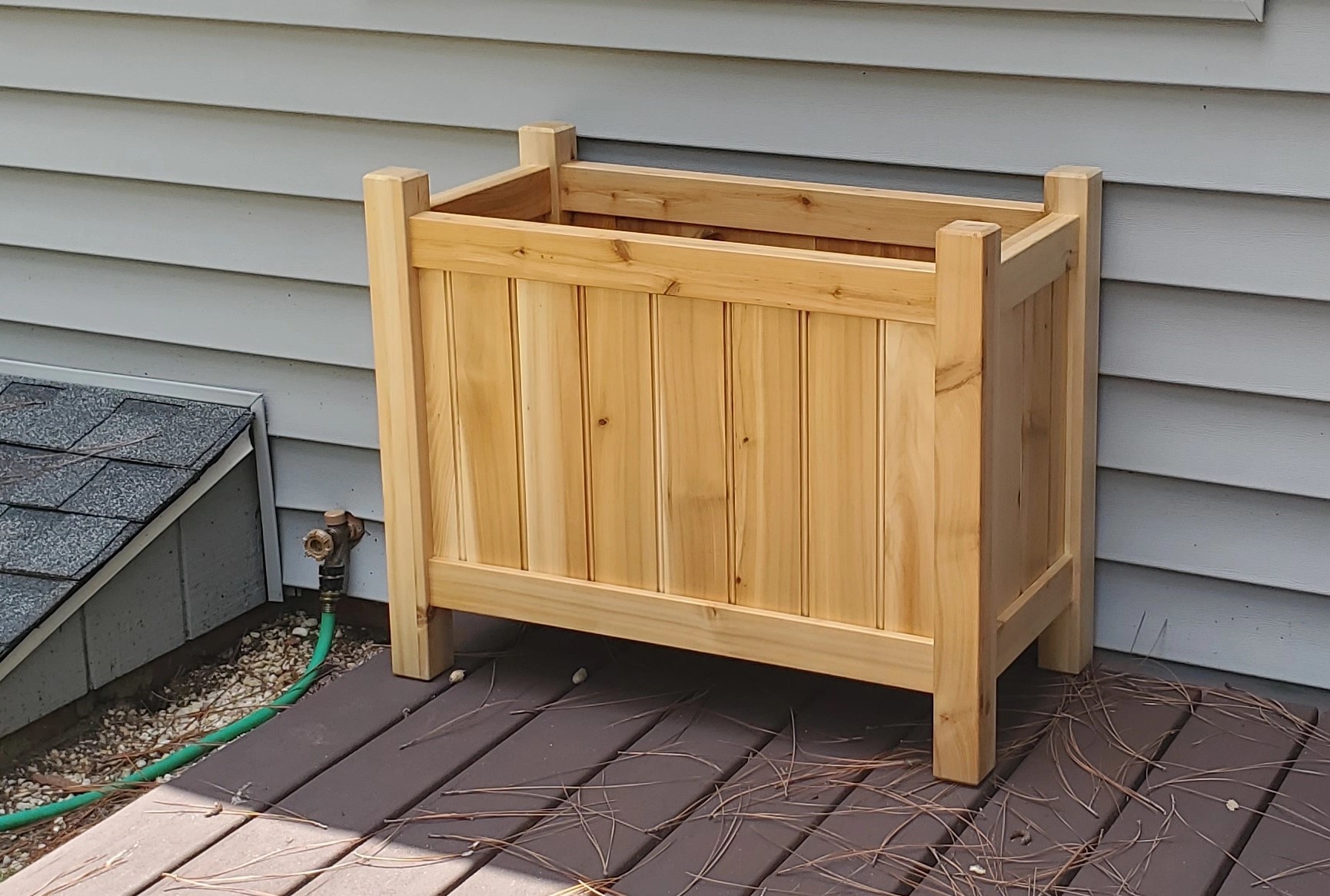It’s actually just friction fit together in this picture; as I type it’s in the clamps as the glue dries. Tomorrow some final touch up sanding and the first of four coats of spar varnish, then a few decades on my front porch under a couple potted plants.
There’s an education in all this oak; it looks conceptually simple compared to the shaker tables I’ve done so far, right? IT AIN’T! Each leg cambers out by 5 degrees in both directions, and that tiny difference make this project SO much more obnoxious than a table with vertical legs. Laying things out accounting for that compound miter at the top and bottom is “fun.” The upper and lower frame rails are no longer the same length, they’re different but related lengths. That lower panel? Can’t be installed with the frame assembled. Hell I didn’t even bother attaching it in any way, it’s just captive in there.
Unlike the previous tables I’ve built that are held together with floating tenons, the rails are thin and fit entirely into mortises in the legs, which meant some chisel work squaring the corners of the mortises, so I gained quite a bit of experience with chisels here.
But, another project nearing completion.


Thanks!
I did use a taper jig on the table saw. Mine is made out of a 12"x48" piece of plywood with some horizontal slots and a 4"x48" piece that acts kind of like a “fence” that can be set at a variety of angles. A couple of hold-down clamps secure the work to the jig. It can cut a variety of tapers, and it can also function as a jointer for milling rough stock. If I have a piece that is significantly bowed, I can cut a lot of the bow off with my taper jig in one slice at the table saw rather than spending an afternoon wearing out my poor little jointer.